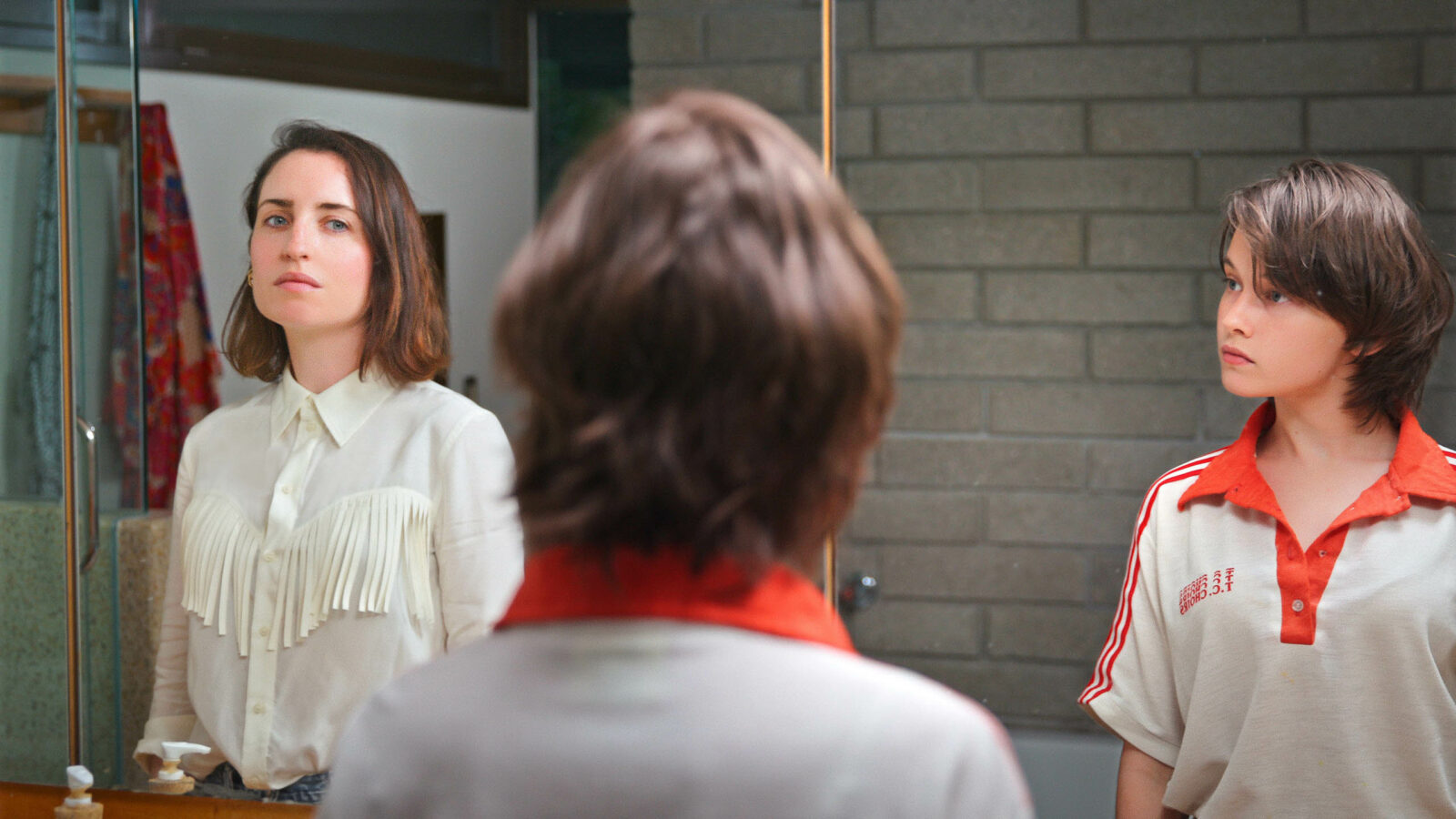There is no shortage of films about the end of the world, but Daryl Wein and Zoe Lister-Jones’ How it Ends offers a bright, somewhat optimistic spin on the tired trope. No one is running or panicking about the approach of Armageddon; humanity’s outlook isn’t bleak; darkness doesn’t prevail. Rather, the film’s directors sidestep all of the usual touchstones to provide fascinating interpersonal conflicts. How it Ends is wacky and weird, soaring when it gets to the heart of the characters’ inner turmoil. However, the silliness overstays its welcome and the story meanders a lot, preventing the film from fully embracing its potential.
On the last day before the world is to end, the reasons for which are revealed later, Liza (Lister-Jones) and her younger, “metaphysical” self (Cailee Spaeny) plan to find closure before attending a literal “end of the world” party. Stuck without a car, Liza and her younger self are forced to trek to various neighborhoods on foot in an attempt to make peace with her father (Bradley Whitford), mother (Helen Hunt), and others—including herself.
How it Ends was shot during the ongoing pandemic and the film’s handling of the separation, isolation, and Liza having to face her regrets in a changing world hits close to home in the wake of our normal lives being turned upside down by a global crisis. The film asks, “What would you do on your last day on Earth?” The answers aren’t remotely as epic as you might expect. Liza makes plans that are quickly thwarted, but her personal reckoning is by far the most interesting aspect of the narrative.
She’s literally forced to face her younger self—which is much harder than it sounds—in a more meaningful way than she’s ever done and it’s quite cathartic to watch it all unfold. Liza’s duality is on full display and she’s quite uncomfortable with it, often pushing her younger self away inadvertently because she’s upset with herself in the present. This push-pull dynamic turns Liza’s personal journey toward love, contentment, and absolution into an outstanding central arc, with Lister-Jones and Spaeny’s performances and chemistry carrying the film.
Where How it Ends falters, however, is in its dawdling pace to get to the end. There isn’t enough introspection or conversation, with Lister-Jones and Wein opting for a somewhat-strange, semi-humorous trip around Liza’s Los Angeles neighborhood. She has stilted and awkward encounters with several people on her walk. Whereas these interactions are meant to showcase the ways in which others are coping with the looming asteroid (which is seen in the sky at various points), they often come off as foolish and unnecessary time wasters than scenes that actually help the plot along. The first few are fine, but the remainder become quite tedious and repetitive, hindering the film in ways that halt its potential for more thoughtful, and even funny, introspection.
Ultimately, How it Ends has moments of brilliance and heart, with Lister-Jones and Spaeny elevating the film with their banter and connection. The film very much feels like one for our times, but the story is a bit too thin and weird for it to work on every level. That said, Lister-Jones and Wein at least offer a unique spin on the end of the world story, fluffing and brightening it up in ways that occasionally work to its benefit.
How it Ends premiered Jan. 29, 2021 at the Sundance Film Festival. For more Sundance 2021 coverage, click here.
Advertisement
Advertisement
